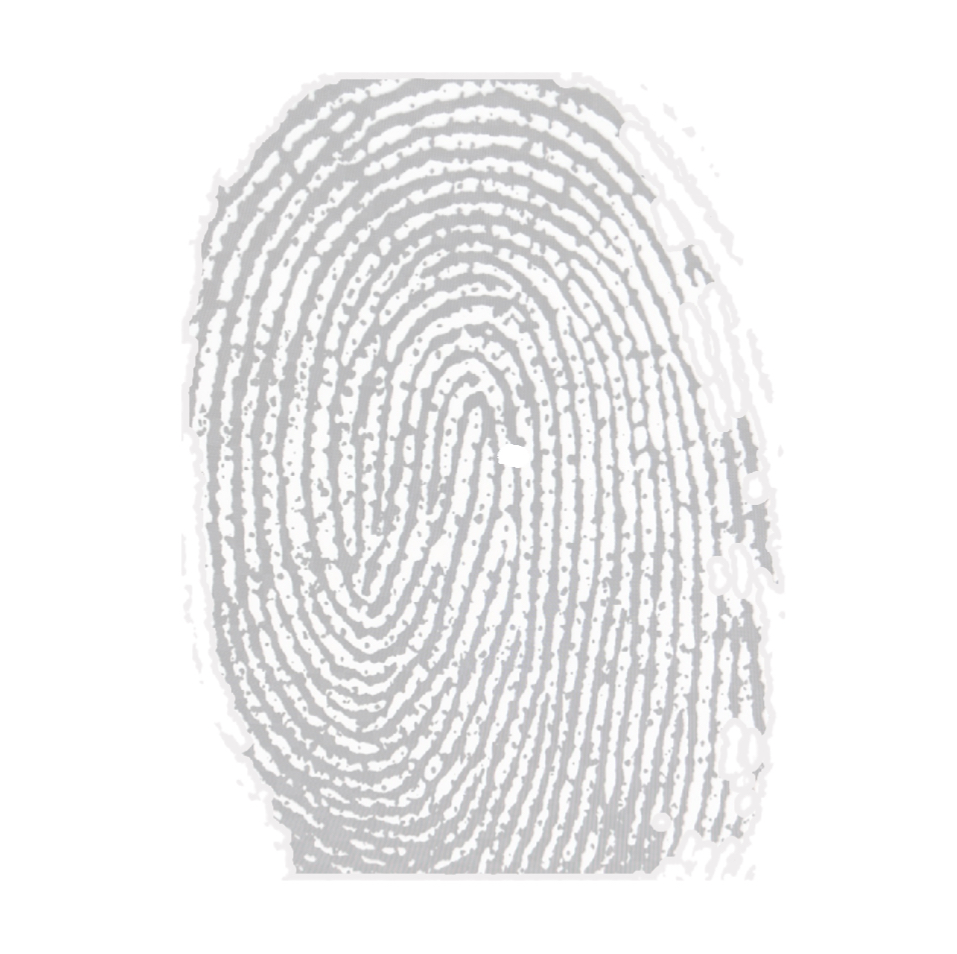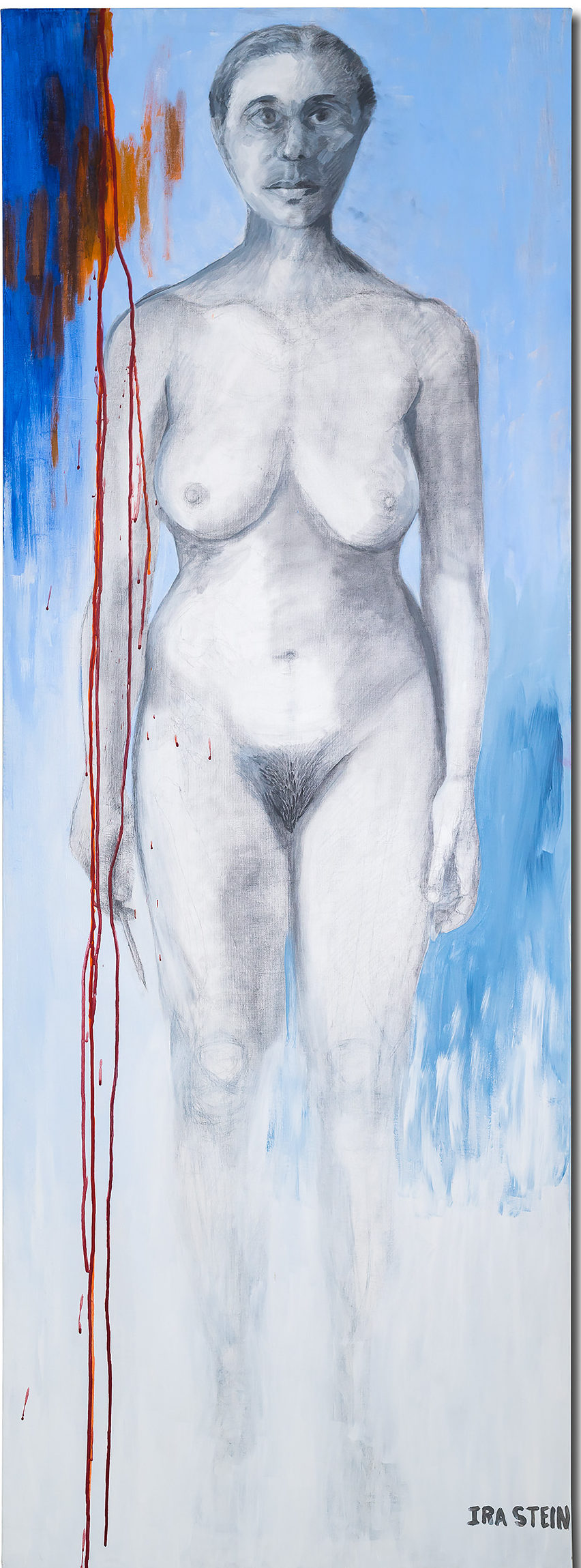“It starts with an interview….” is how the reclusive Los Angeles figurative painter, Ira Stein, begins all of his art projects. For Stein, inspiration comes from the chemistry of deep interchange between him and his model. The relationship between the two develops based on the mutual understanding to be brutally sincere with each other. Out of this arrangement, a community of women have opened up to Stein to share their horrific experiences and hidden desires. From these sessions, Stein paints their hidden suffering and compulsions. According to Stein, he could only truly see the models once he had listened to their stories.
Stein’s raison d’etre is showcasing the effects of not ‘fucking wisely.’ For him, this is the deciding action that will govern the future. Stein firmly believes that genetic traits dictate the person we become. According to Stein, it is our genes that navigate our life choices. He cannot understand why anyone would deny this fact. To him, environment plays a lesser role in determining our behaviors. To prove it, Stein has spent the last twenty-five years painting and listening to women talk about their compulsions, their suffering and their secret desires. He is convinced that it all comes down to a person’s genes and sees his artwork as a medium to question the political correctness of succeeding the power of genetics to societal influences in determining the life we lead.
Stein’s haunting work, Girl with a Pencil, speaks directly to his conviction that disastrous behaviors can be linked to genetic predispositions. Here, a monumental ghoulish figure steps forth from an ethereal miasma punctured with what seems as streaks of blood. The foreboding that surrounds the entire composition is a direct result of Stein’s decision to focus on the horrific experience of molestation. In an unapologetic and unequivocal manner, Stein commands the viewer to confront the sordid details of incest and depravity. To ensure that there is no doubt what the piece is about, he insists that the viewer contemplate the following questions while looking at the work:
Why would a father rape his daughter with a pencil?
Why did her mother marry him? Were there signs?
Why did her mother, who knew about the abuse, let it happen?
Stein appears to be questioning the motivations of deviant behaviors. Though we are already well aware of where he stands on that issue (behaviors are influenced by genetics). However, he is adamant that viewers of his works ponder these questions to form their own opinion. The inclusion of a textual guide to comprehend the complexity of his work is an integral part of his production. The questions serve to enforce the power of the artist to drive the formal and conceptual appreciation of his work. Just as his artistic process begins with an interview, the work now becomes complete when Stein can interrogate his audience about the nature of humankind as seen through his fractured emblematic women.
This work is the result of an inquisitive mind and an uncontrollable desire to paint taboo subjects for public consumption. His purpose is to question authority and conventional wisdom that steers public opinion away from genetic essentialism. To some, his approach may be seen as exploitative or as objectifying vulnerable women but it is important to consider that the models are eager to participate in this art project. Perhaps for them it is a cathartic experience to share their secrets with a male artist? However, Stein does not delve too deep to find out their motivations for sitting for their portrait. He is more concerned about discovering the secret identity behind the superficial appearance, social status, and profession.



